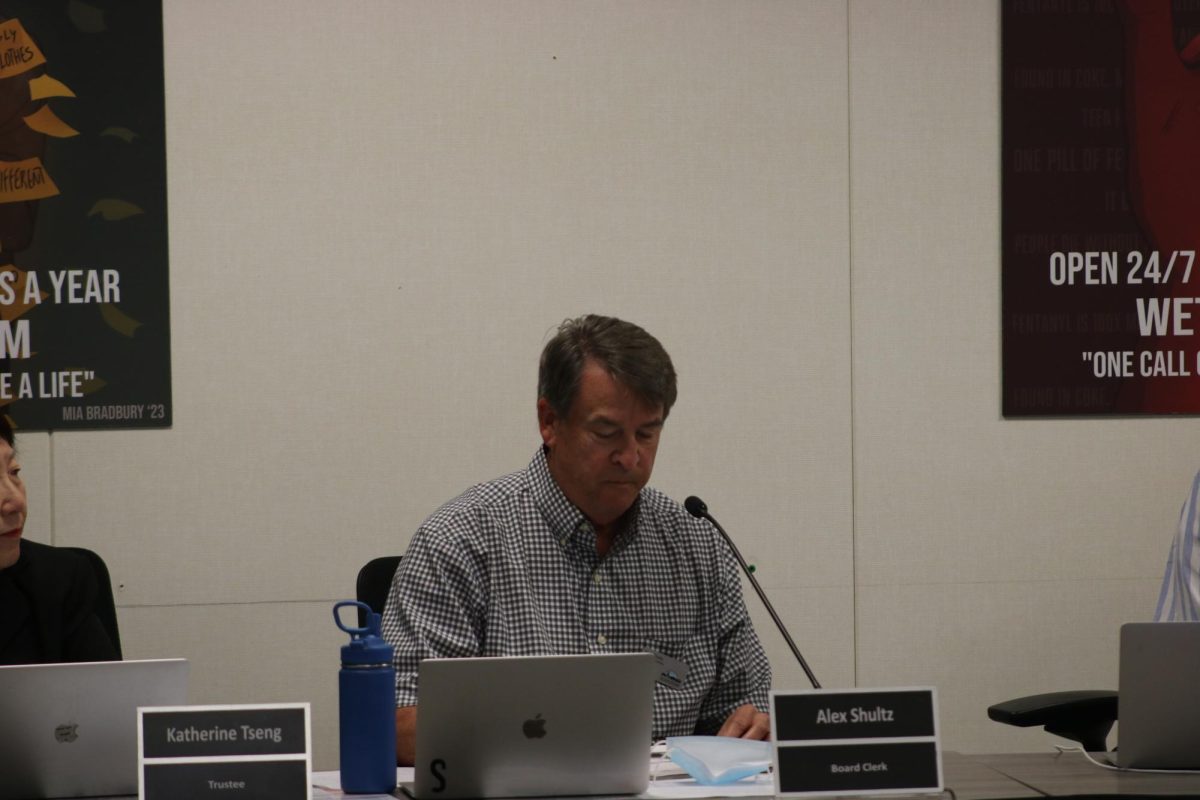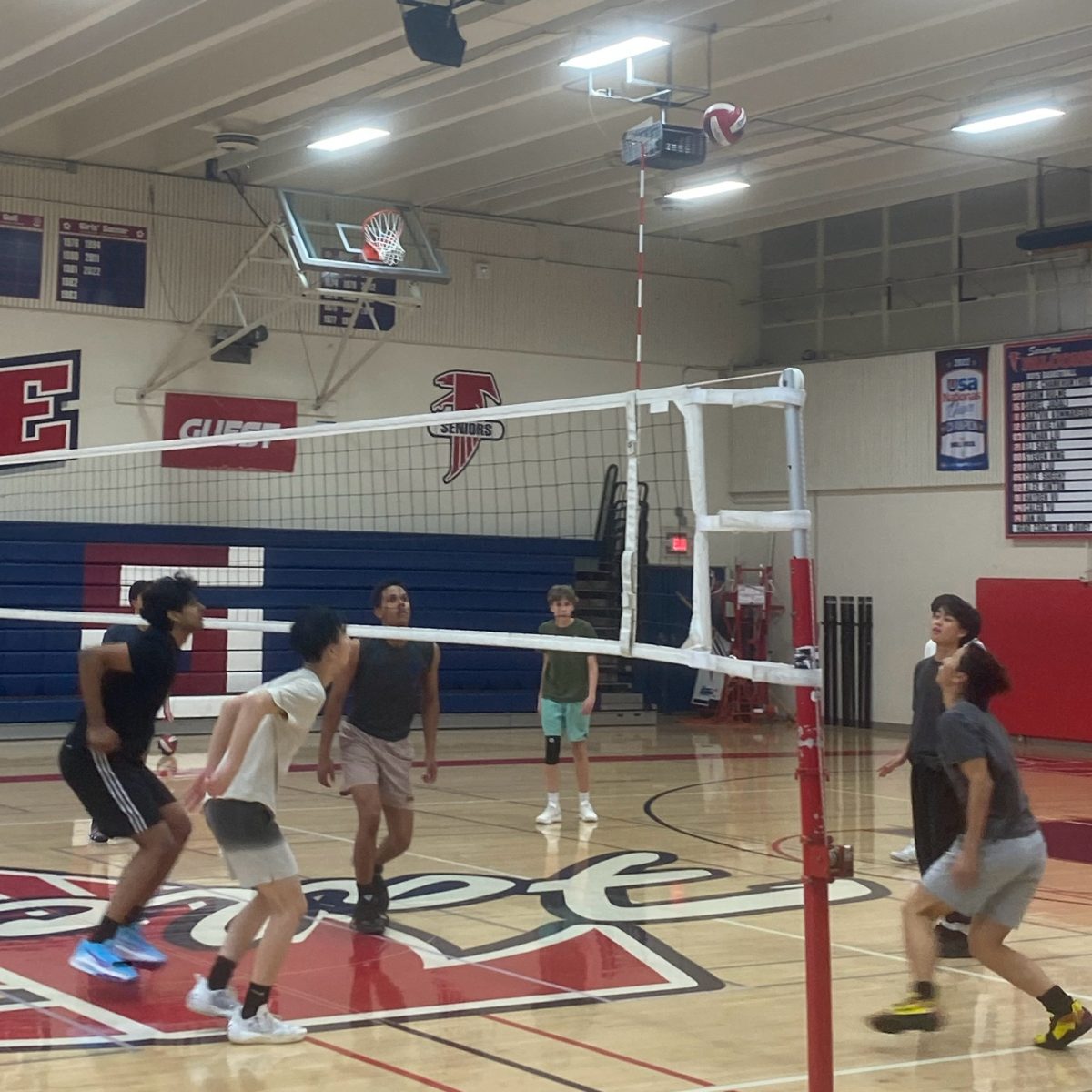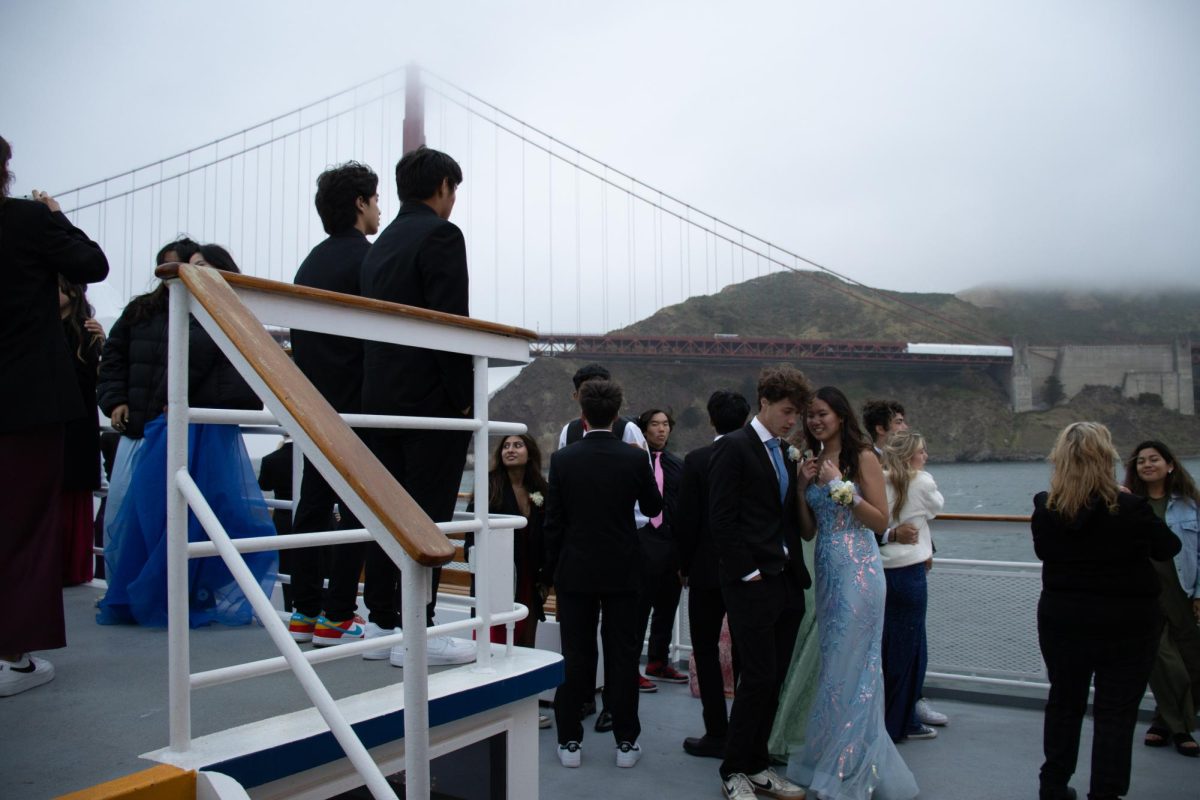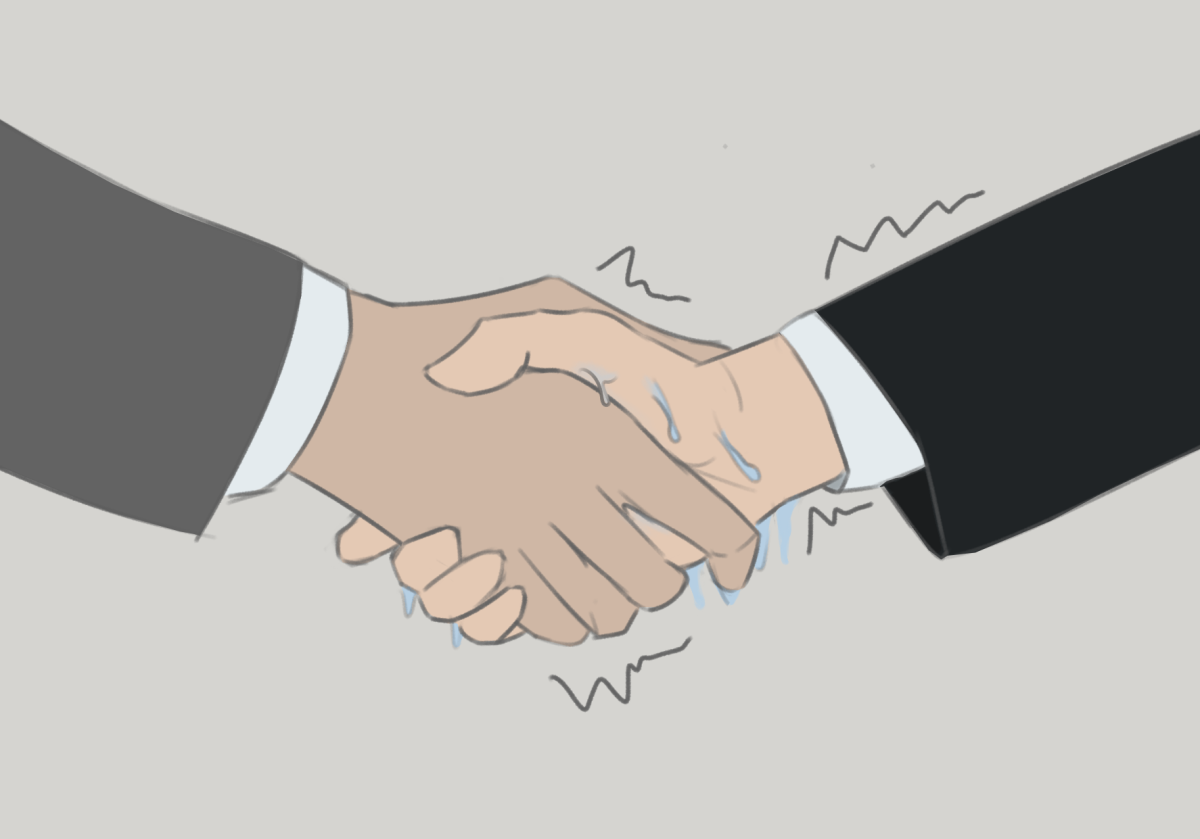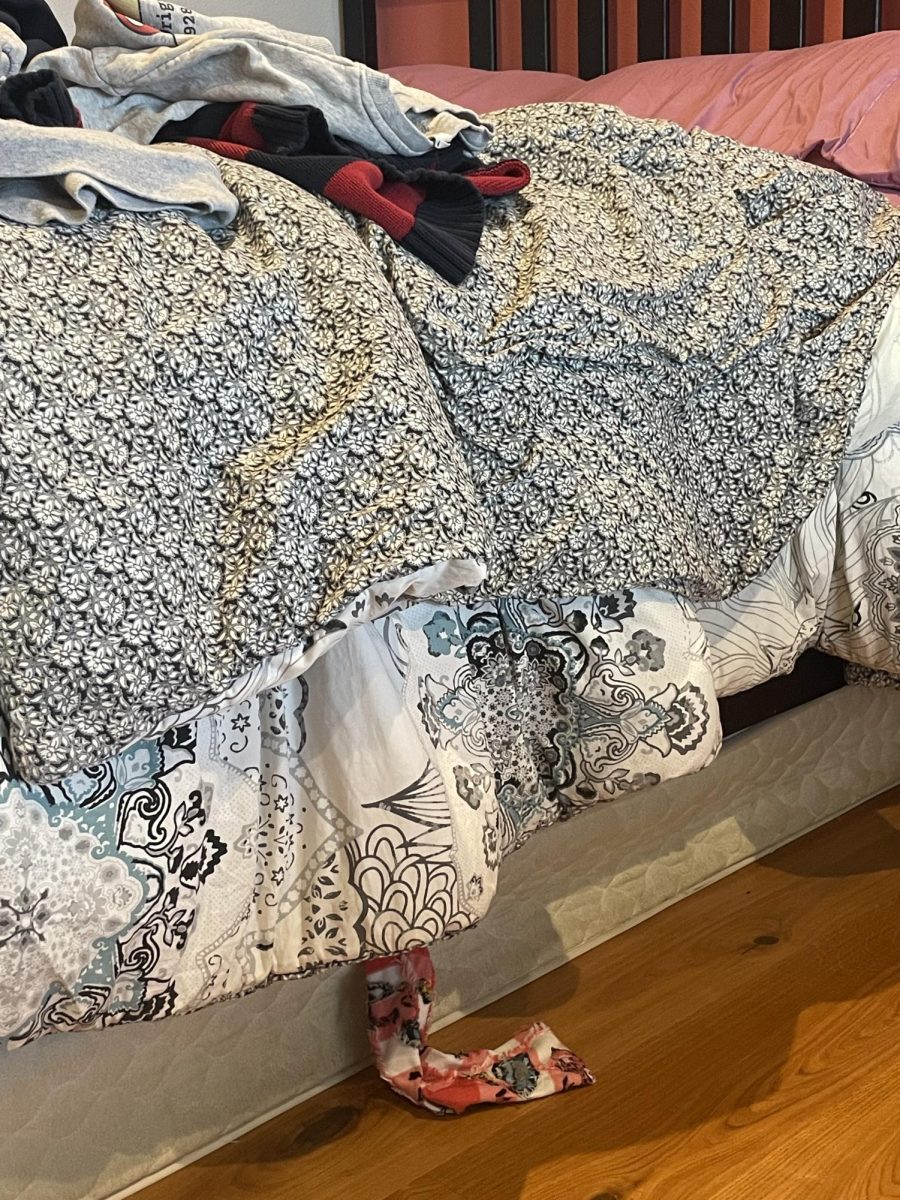Two years ago, 2010 alumna Chiyo Hartley looked around the expansive wholesale clothing market in the fashion district of downtown Los Angeles. The long boulevard stretched endlessly before her, lined and cluttered with colorful little vendors trying to sell their apparel.
She had previously worked in the fast-fashion industry as a private label purchaser with a reseller’s license that allowed her to purchase unbranded clothing in bulk for popular brands to re-label under their name.
But as she gazed around the countless shops, each one piled high with hundreds of the same article of clothing, she realized how much apparel would go to waste. Not all of those clothes would be bought, and of those that were purchased by companies, most wouldn’t even be sold in the cycle of fast fashion.
“Everyone is buying the same things, and everything is just being made for the least amount of money possible,” Hartley said. “But there’s not really a need for so much more clothing to be produced.”
Fast fashion is an industry in which companies mass produce clothing at breakneck speed to offer trendy (and often poor-quality) clothing at cheap prices. Fast fashion gained traction in the 1960s, when people began to embrace cheap clothing and ever-changing trends, which opposed the previous tradition of brands’ releasing only a few seasonal line-ups per year. But recently, attention from advocates like the environmentalist organization Greenpeace and the Netflix documentary “The True Cost” has exposed the fast-fashion industry for its often harmful practices.
Fast fashion is the second largest polluter in the world, right after the oil industry, and also exploits cheap labor from workers in developing countries like Bangladesh, Sri Lanka and Cambodia.
It also exacts a heavy environmental toll. Discarded clothing piles up to 10.46 million tons in landfills, according to The Balance. In fact, in 2012, 84 percent of unwanted clothing from the U.S. wound up in either a landfill or an incinerator, according to the Environmental Protection Agency (EPA).
The industry has also committed grave humans rights abuses against factory workers. The workers often toil away in life-threatening, poorly constructed sweatshops and are grossly underpaid. In Cambodia, the average hourly wage of garment workers for a 48 hour work week is 3,5000 riels, which is the equivalent of $2.53 in purchasing power parity (PPP), and in India, the average hourly wage is the equivalent to $2.27 PPP, according to the brand sustainability consultant group Sustainable Brands.
In 2013, the Savar factory collapse in Bangladesh killed 1,134 workers in an eight-story building called Rana Plaza. The building was known to be in disrepair, but when workers pointed out cracks and structural issues to managers, factory owners never took action.
Despite these issues, the majority of consumers are unaware or uncaring of fast fashion’s ramifications. Fast-fashion companies such as Zara, Forever 21, H&M, Topshop and Primark have removed the notion of fashion seasons. Rather, they release thousands of new designs daily and make them available for only a short period of time. The consumer develops a fear of missing out (FOMO), something that Harvard researchers call “a sense of tantalising exclusivity” and drives the fast-fashion industry’s success.
Fast fashion has also encouraged quantity over quality — consumers buy four times the amount of clothing than they did in 1980, and often wear the clothes for only 35 days before discarding the garments for new ones, according to the sustainability web publication Green Matters.
This trends shows up all over the U.S. and especially in wealthy areas such as Silicon Valley. Senior Tiffany Pi said that growing up and being surrounded by malls meant she was used to buying and quickly discarding clothes. She recalls that it was normal for her to just go to Forever 21 and buy multiple $5 tops that she would wear once or twice and never touch again.
Pi has stopped shopping at retailers like Forever 21 and H&M and offers her old clothes to friends before donating them since most donated clothes are later thrown into landfills when they are not sold, where they continue to harm the environment.
“I used to have a chair full of clothes that I never wore,” Pi said. “But I figured out it didn’t actually give me a lot of happiness to own that much clothing.”
Sustainable fashion
In response to the issues with fast fashion, public outcry has led to a new wave of fashion directly counteracting fast fashion and its effects — slow fashion, or sustainable fashion.
Sustainable or slow fashion takes multiple forms: as ethical fashion that does not exploit workers, as environmentally clean fashion, and as lasting, high-quality fashion. The goal is to have a net environmental and human impact that is close to neutral.
Although many sustainable fashion brands are smaller productions and less well known, each is dedicated to alleviating one or more of fast fashion’s problems.
One prime example is Hartley’s own clothing brand, Civil Rags, which recycles vintage clothes. The mass amounts clothing waste she saw while working in the fast-fashion industry stuck with her as she and her sister 2007 alumna Sachi Hartley built their brand, an LA-based sustainable fashion company that they began as “a passion project” two years ago.
Currently, the store operates by selling its products online, in flea markets, in art galleries and in coffee shops. Like many other slow fashion brands, their production level is small.
Some sustainable fashion companies, however, are breaking through to the mainstream market.
For example, Reformation sprung up in 2009 as a stylish, ethical alternative to large fast-fashion companies, and has since opened brick and mortar stores around the United States. Their slogan is “Being naked is the number 1 most sustainable option. We’re number 2.” The company is dedicated to reducing carbon emissions and saving water, and every quarter they release a sustainability report that outlines its gains as well as goals for the next quarter. The clothes are made of organic fabric and dyed with non-toxic chemicals, and workers are treated fairly in the new LA factories.
Patagonia, one of the first sustainable fashion brands that has achieved widespread popularity, also boasts similar benefits. Patagonia offers a program called Worn Wear that tours in the U.S. and Europe, mending and sometimes reselling pieces that customers bring to them.
However, these brands are expensive, making them less appealing to many consumers than their cheap counterparts. Most people cannot afford to spend upwards of $100 to $200 on a dress, the average cost of a Reformation or Patagonia piece.
Still, it may be possible to shop at these clothing stores, assuming a certain level of financial stability, in a way that prioritizes quality over quantity. These clothing brands are so expensive because they adhere to high standards by upholding workers’ rights, helping the environment and using high-quality material.
Senior Isabella Taylor is an avid proponent of sustainable fashion and believes that everyone should be more mindful of their purchases and consider how the clothing will hold up in the long term, instead of satiating their sudden fashion whims. She encourages people to consider quality over quantity.
“I believe that a lot of kids at Saratoga High can afford slow fashion,” Taylor said. “I think it would make more sense if you just buy less, and when you do buy things, it’s higher quality and you actually treasure it for longer.”
But for those who simply cannot afford expensive slow fashion brands that create original clothing, there are other cheaper alternatives.
An obvious one is second-hand or thrift shopping, a current trend, as many people are now looking to own vintage or refinished piece.
Hartley said her passion for vintage and sustainable fashion comes from thrifting.
“I think that a lot of people are maybe a bit intimidated of thrifting because there are so many clothes to sift through, but there’s always little gems to find, and I’d say that thrifting is a good start to supporting sustainable fashion,” Hartley said.
Oftentimes, thrifting is even cheaper than fast fashion products, and because the pieces are reused by the buyer, they will not go to waste and harm the environment.
Other companies, such as Civil Rags, don’t directly sell vintage clothing. Rather, they buy vintage fabric from warehouses and refinish it to create new clothing. The two owners scavenge through warehouses for the highest quality fabrics available, then transform it into a piece. They typically only have one or two articles of any given clothing in stock because vintage fabric comes in limited supply.
Hartley said one of the most rewarding experiences with working on Civil Rags is when a customer finds a piece they really love.
“We’re helping find this beautiful article of clothing a second life, and it’s awesome because it’s all unique and original clothing that’ll fit and enhance the style of the person who bought it,” Hartley said.
Society will take its time to completely turn away from fast fashion, especially because multinational corporations like Forever 21 and H&M play such a large role in the consumerist world, but consumers can take conscious steps to reduce the impact of their fashion choices, these advocates say.
One convenient way consumers can access information about brands is the app Good On You, which rates brands on their sustainability. It is based on three impact categories: “People” (labor policies, working conditions, wage and auditing practices), “Planet” (energy use emissions and resource footprints) and “Animal” (use of real animal skins/fur and leather production), giving consumers easy access to judge brands’ ethics and decide for themselves whether or not they would like to shop at a certain store.
“I’m not asking you to stop shopping fast fashion altogether,” Taylor said. “Just try to make a conscious effort to not make that decision when you can.”
Editor’s note: Chiyo and Sachi Hartley are related to reporter Allison Hartley.




